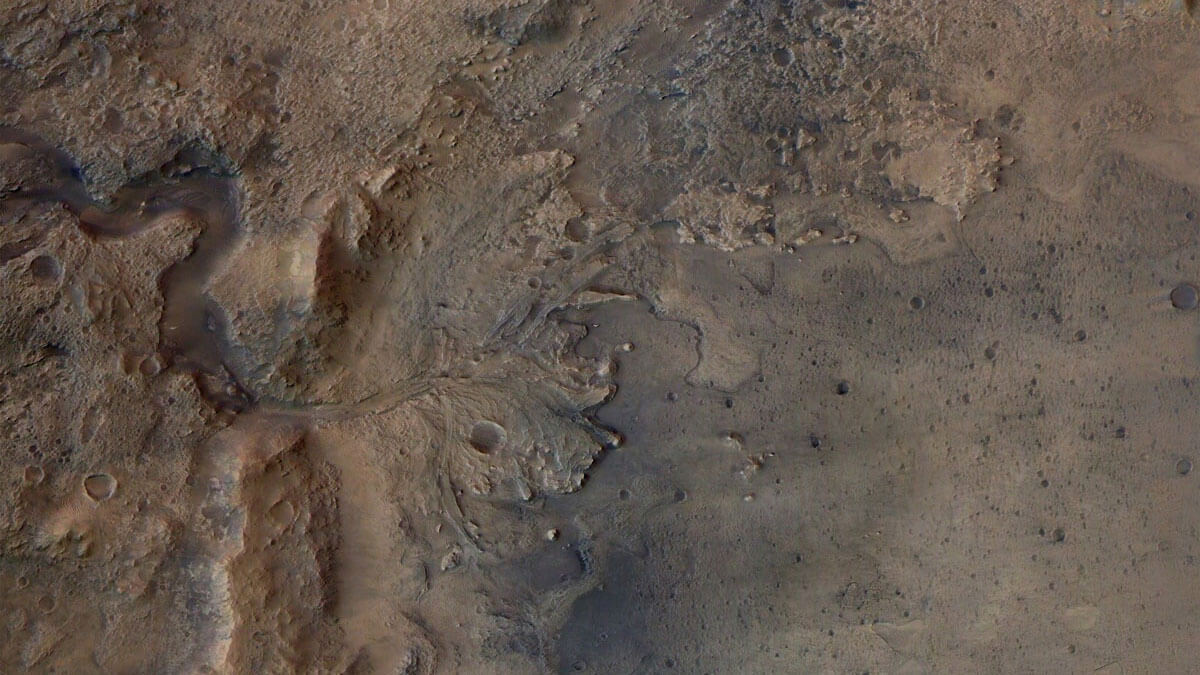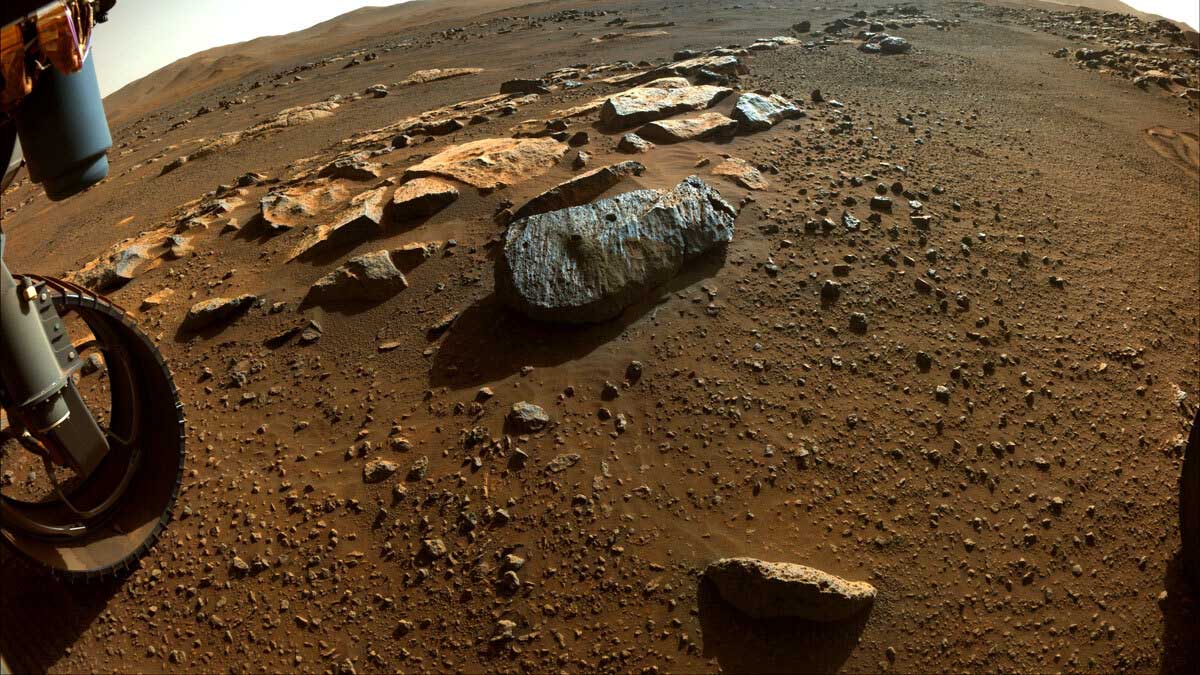Scientists hope that the rover "Perseverance" has already found signs of life on Mars
If there really are signs of life on Mars, there's a chance that Perseverance has already found it.
Subsurface radar images indicate that it is looking for fossils of microbial life in a brilliant place.
Perseverance is currently rolling over a three-billion-year-old landscape, and its instruments have confirmed that, long ago, at least one crater on Mars was filled with water.
Scientists strongly suspect that this site, Lake Crater , once contained a river delta system, as traces of the dried lake bed into which the river flowed can still be seen on its surface. That is why Perseverance landed in this crater in February 2021 .
Now that scientists can peer beneath the dusty environment of Lake Crater, they believe more than ever that Perseverance has already picked up signs of extraterrestrial life.
"From orbit, we can see various sedimentary deposits, but we cannot say with certainty whether what we see is in its original state or whether we are seeing the end of a long geological story. To find out how these formations were formed, it is necessary to look below the surface," says the author of the study, a planetary scientist at the University of California, Los Angeles, David Page.
Of the seven instruments on board Perseverance , perhaps the most powerful is a ground-penetrating radar called RIMFAX.
This system can detect ice, water, and brine even 10 miles below the surface; At the same time, it maps rocks and rock layers up to 20 meters deep.
Last year, Perseverance moved near the western rim of Lake Crater and used its radar to study the subsurface.
The collected data offer unprecedented insights into the Martian subsurface, including a place where scientists believe a lake once stood.

Underground imaging strongly suggests that the scientists were right. Beneath a dried-up river delta, an international team of researchers has found evidence that a four-billion-year-old crater formed by an asteroid impact was later filled with newer sediments and rocks.

The finding supports previous RIMFAX data from another site that revealed unexpected slopes in the sedimentary layers in the crater.
The relatively new sediments in the crater may have been carried by water or by volcanic activity, but the new Perseverance data supports the water hypothesis.
Beneath the western rim of the crater lake , horizontal layers of subsurface sediments appear to have been deposited in an aqueous environment, much like Earth's lakes.
This lake occupied a significant part of the crater lake, possibly digging as deep as seven kilometers from the shore, but further studies are needed to confirm this.
The water level in the lake changed over time, sometimes rising and sometimes falling.
As the water level in the lake decreased, a delta-like network was formed. As the river swelled, the lake filled again.
If Mars is anything like Earth , such a long-lasting watery environment would have been an ideal place for microbial life to develop. Perseverance has already drilled several places in this region and taken sediment samples .
Some of the dust and rock samples collected by Perseverance show intriguing signs of organic compounds . However, until a special mission is sent to bring these samples taken by Mavali back to Earth , it is impossible to say with certainty whether these compounds are of biological or geological origin.
"Such a sequence of events reinforces the idea that Lake Crater has a rich geological history that was driven by large-scale changes in the Martian environment." A complete understanding of these events will require bringing the samples collected by Perseverance back to Earth and analyzing them," the team of researchers wrote.
The study was published in Science Advances .
Prepared by ScienceAlert.





